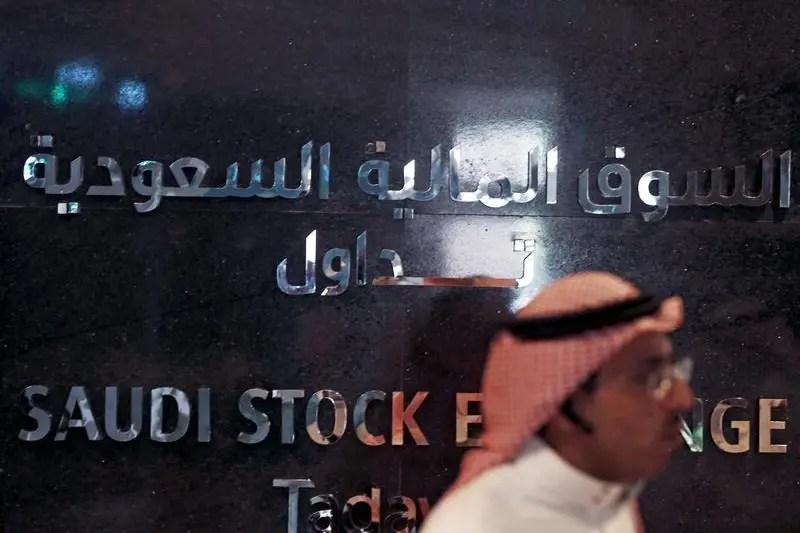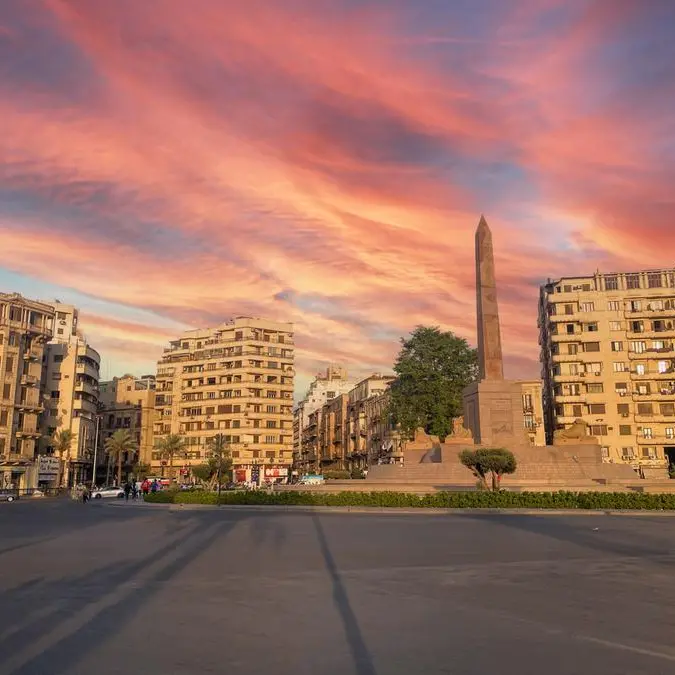PHOTO
M.R. Raghu, managing director of research firm Marmore MENA Intelligence, examines Saudi Arabia's expected inclusion in the index, and what it needs to do to prepare for the shift
Saudi’s entry into the MSCI Emerging Markets Index is a hotly discussed topic now more than ever given that MSCI has lauded the progress made by the kingdom in its efforts towards capital markets reforms.
The kingdom would be the third country from the Gulf Cooperation Council to be included in the index after the UAE and Qatar were admitted in 2014. This is largely thanks to a plethora of reforms implemented by the Capital Markets Authority and Tadawul after 2015, when Saudi Arabia was categorised as an MSCI standalone index.
The nation has progressed swiftly compared to the UAE and Qatar, which took six years to implement the necessary reforms to join the index. Given the fact that MSCI is happy with the progress, let us look back at what they have done until now and why they are so close to inclusion.
Hurdles
One major impediment for Saudi Arabia in entering the MSCI EM was the T+0 settlement cycle it had been following. This meant that the settlement dates of security transactions occurred on the same day that the transaction was made. In April this year the Capital Market Authority (CMA) and Tadawul shifted the cycle from T+0 to a T+2 cycle, meaning settlement dates are now two days after transactions are made. This was a longstanding hurdle that has been cleared.
Following the change in settlement cycle, Saudi Arabia also introduced short selling. Liberalisation of the foreign ownership limit from the existing 10 per cent to 49 per cent in Saudi listed companies has also been initiated, and the definition of foreign institutional investors has been broadened to include sovereign wealth funds.
The minimum value of assets under management for qualified foreign investors was reduced to SAR3.75bn ($1bn), compared with the current SAR18.75bn ($5bn). The CMA has also introduced new corporate governance policies to ensure more accountability and transparency. The new policy is expected to be implemented from February 2018.
In most of the other parameters, Saudi Arabia is on par with the UAE and Qatar, and MSCI is scheduled to start the review for Saudi’s claim to join the Emerging Markets Index this summer. Should the kingdom be successful, we can expect it to become a part of the index by 2018, as the review process takes 11 months.
What would happen next?
We have estimated that the weightage of Saudi Arabia in the MSCI EM Index would be 2.57 per cent, after considering the possible stocks that would be a part of the index and based factors such as free-float market capitalisation and liquidity.
Institutional investors have expressed that it would be a perfect time for inclusion in the index as an Aramco IPO has also been planned for the same period. Provided that the IPO and index inclusion happen together, it is expected to lead to significant inflows from international funds into the Saudi market. Aramco’s market capitalisation can be expected to be $50bn (5 per cent of $1 trillion), which if added to the index would increase the weight to 3.71 per cent.
In order to gauge the amount of funds that can flow into Saudi Arabia post appraisal of its status, we consider the example of the UAE. The UAE’s weightage in the EM index was 0.35 per cent in 2014, which should have translated to a fund flow of $5.25bn. However, the initial funds (three months after the inclusion) that entered UAE markets totalled only $0.85bn. The weightage of UAE stocks have almost doubled in the last couple of years, though the fund flow is still estimated to be about $2bn.
Going by similar trends, and assuming the traction in fund flows happens gradually, our estimates for Saudi Arabia’s fund flows in the initial phases (three to six months after inclusion) is around $6bn to $7bn. This could increase to between $9bn and $10bn with the inclusion of Aramco.
Warnings from history
There would be plenty for the CMA and Tadawul to celebrate in 2018 if the MSCI EM inclusion happens as anticipated, but it would also not be time to rest on their laurels. Stories from other emerging markets would tell us why.
Dubai and Abu Dhabi’s markets soared 107 per cent and 63 per cent in 2013 when MSCI announced that UAE stocks would be part of the Emerging Markets Index the following year. International investors poured money into UAE markets, especially as it was considered a safe investment destination in the GCC.
Economic growth was pushed back after the second half of 2014, however, with oil prices starting to fall. As a result, UAE markets tumbled in 2015 – MSCI EM Index inclusion in 2014 was not enough to hold the investors.
Pakistan is a similar case, losing its EM status in 2008 having being a part of the index since the 1990’s. Geopolitical tensions and poor economic growth led to the liquidity crunch in the Karachi stock exchange, following which it was downgraded to frontier status. It took nine years for Pakistan to improve its liquidity position, instil confidence among investors and bounce back to EM status, which happened in May this year.
These are instances that indicate Saudi Arabia cannot expect money to flow into its markets just because stocks are listed in the MSCI EM. Apart from the larger economic reforms planned that would be fundamental for the growth of Saudi markets, the Tadawul and CMA will have to work further to streamline the process of registration for investors, protect the rights of foreign players and encourage market making.
Areas for improvement
In the coming years, Saudi Arabia could work on a number of areas to improve its market accessibility to foreign and institutional investors.
Regulations have to provide equal rights to foreign investors and this is one parameter that has been flagged by MSCI. It is a very important factor that is considered during an upgrade. Aspects of market infrastructure such as the establishment of a custodian, making provisions for short selling, stock lending and developing products such as exchange traded funds (ETFs) and hedge funds are also areas that require attention. Investor registration and account setup will have to be established to ensure ease of market entry.
The kingdom has recently been restructuring its economy to reduce its dependency on oil – capital markets reforms and increasing foreign as well as institutional investor participation has been one of its main components.
Given the aims of the country’s Vision 2030, the CMA and Tadawul will have to work tirelessly to reform its market and build an investor friendly environment before – and after – inclusion in the MSCI Emerging Markets Index.
© Gulf Business 2017












